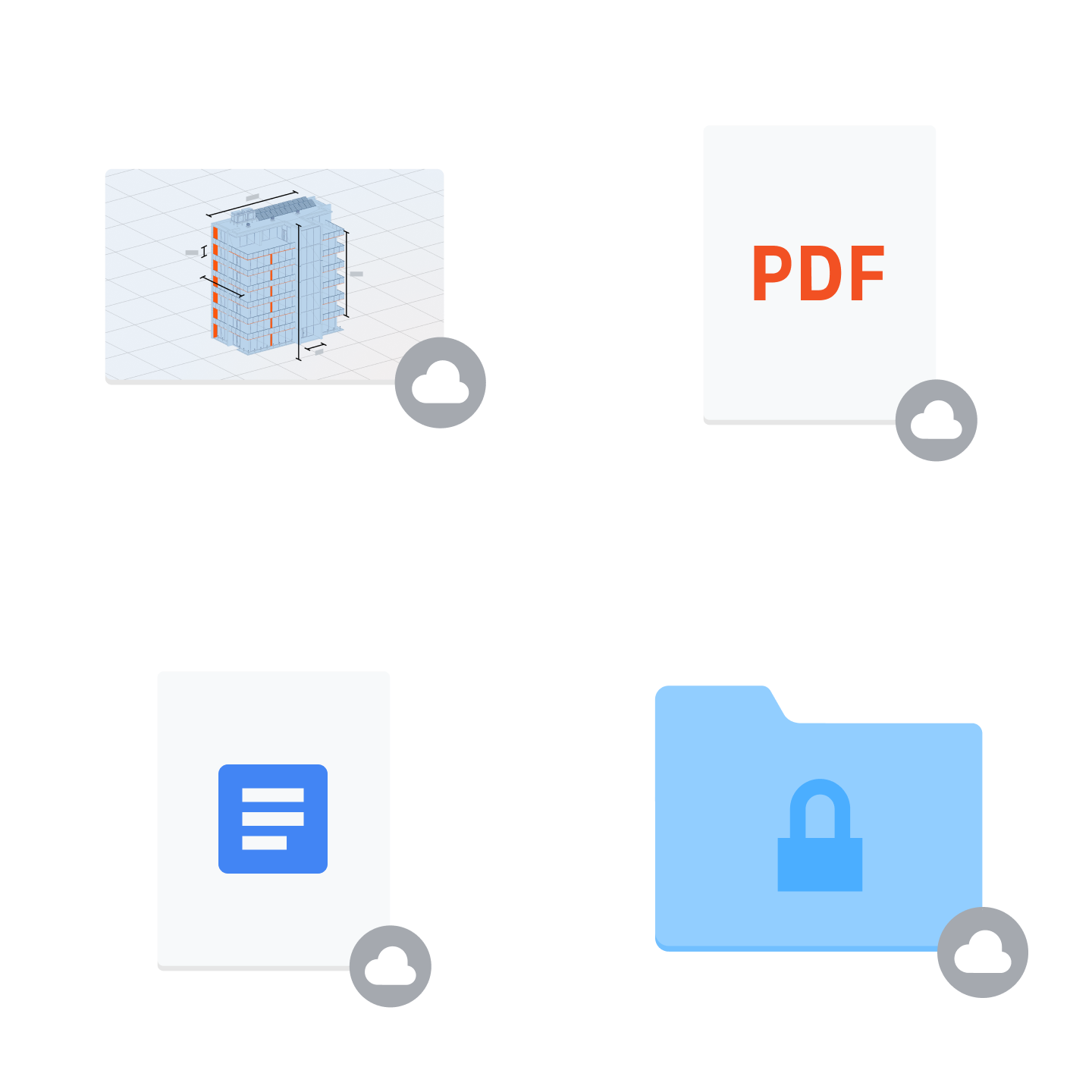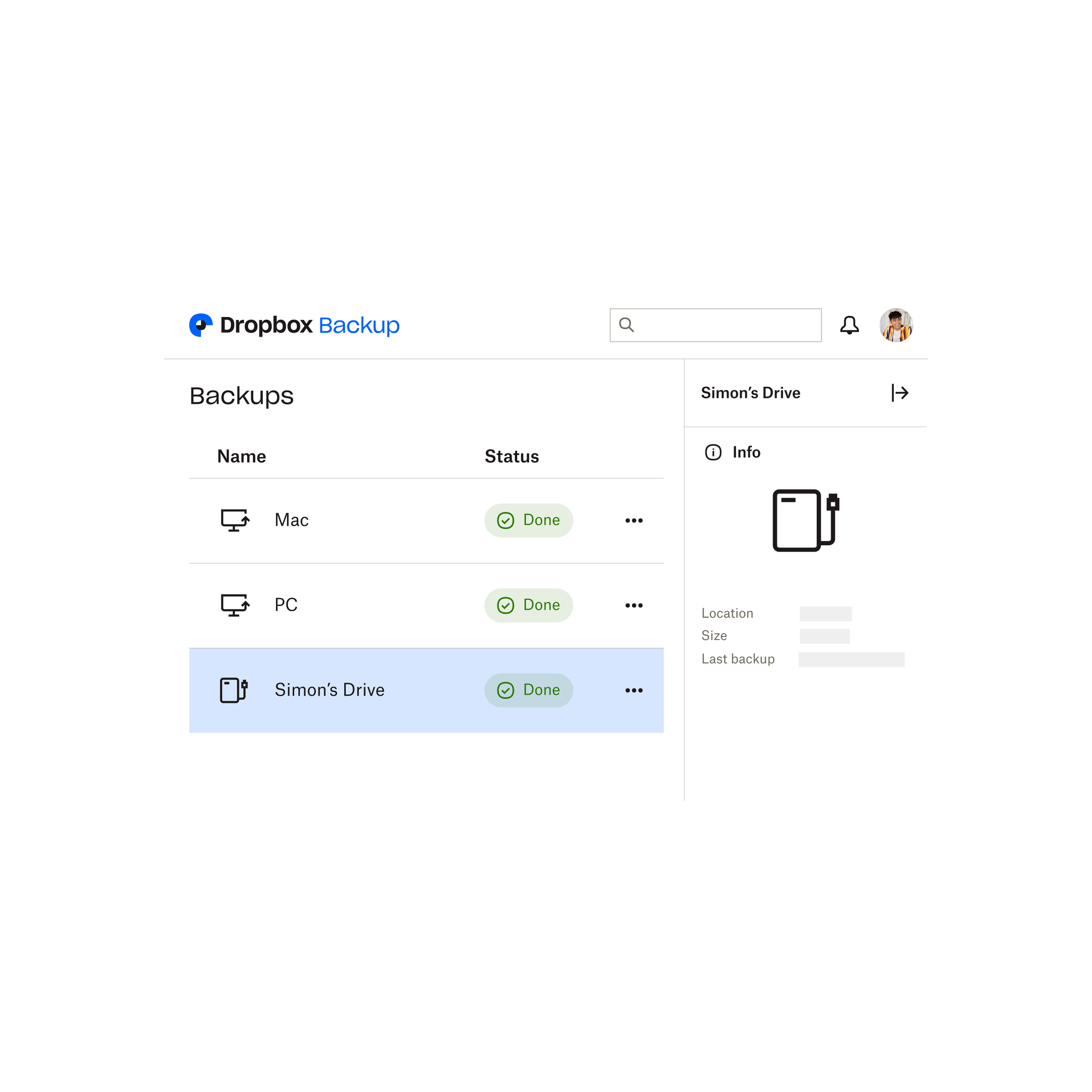The worst has happened—you’ve accidentally wiped your computer and lost all of your important files. At this point, you probably don’t want to hear that you should have had a data backup or archive system in place.
You might also be wondering what the difference is between a backup and an archive. They’re both storage spaces for data, right? Well, yes. But they serve different purposes and there are some important distinctions to make. To put it simply:
- A backup is a copy of data used to restore or recover that data should it be damaged, lost, or corrupted
- An archive is a depository for long-term data storage, typically used to meet information retention requirements and compliance standards
Before we explain the best strategy for protecting and storing your data, let’s explain what we mean by “backup” and “archive” in more detail.

Just what exactly is a “backup”?
“Backup” is creating a copy (or multiple copies) of a data source—such as a document, file, folder, or an entire system—so that this data can be restored and recovered in the event it is lost, damaged, or corrupted.
Importantly, the backup exists alongside the primary data source—the original file or folder is not deleted or replaced by the backup copy.
The main goal of a backup is to help you get your files back to how they were before you lost your data.
Backups can be carried out manually with local backup methods such as using external hard drives. Alternatively, a quicker, safer, and more convenient solution is automatic cloud backup.
Instead of scheduling backups at regular intervals, cloud services like Dropbox Backup will automatically back up your files when any changes are made to the original data—so it’s completely hassle-free.
When to use a backup
Backups are recommended for both personal and professional files—especially those that would be irreplaceable if lost. A backup strategy provides a valuable safety net and should play an important role in any disaster recovery plan.
Ideally, you should back up your entire computer. However, there are some specific instances where a backup would be the most beneficial, namely:
- Files that are regularly revised, or collaborative projects in which previous versions of files may need to be recovered at a later date—such as web development and video editing
- Files that are worked on across multiple devices, especially when linked to cloud backup (as opposed to local backup)
- When the security of files is paramount—cloud backup provides the best protection from hardware failure, ransomware, and cyber attacks
If you’d like to back up your important files, photos, videos, and any other data, Dropbox offers secure and simple cloud file backup to keep everything safe.
…and what do you mean by an “archive”?
Whereas backups are more active spaces for data that is frequently updated, archives are solely for the long-term retention of data.
Once a file is archived, you can delete the original. Typically only data that does not need to be accessed regularly is sent to an archive—like old contracts containing sensitive data and records of financial transactions.
Archives are places to store historical data, like the documents and files you don't need for daily work.
When to use an archive
A data archive is used to store important files for a long time. These files shouldn’t need to be changed or used often.
You can use an archive for old data or data that hasn't been used recently. For example, when you mark a project as completed, the data created throughout the project may be sent to an archive rather than a backup system.
This will free up space in your primary storage system but also allow you to recover this data if you need it.
In summary, a data archive allows you to:
- Demonstrate compliance with information retention policies and compliance regulations
- Create a permanent record of important business communications, such as legal documents and correspondence
- Access important historical data that you may need to resolve disputes or inquiries about your business operations, contracts, financial transactions, etc.

What’s the difference between backups and archives?
Backups and archives both provide a space for storing data so it can be recovered in the future—and that’s about it for similarities.
There are several differences between backups and archives, including their primary purposes and how they work.
Backups
- Suitable for short- and long-term storage
- Recommended for files and folders that are active, always changing, and accessed regularly
- Speed is important for fast backups and quick data recovery
- Creates multiple copies of files to ensure previous versions can be recovered if needed
- Used to restore and recover previous versions of data after the original file(s) were lost, damaged, or overwritten
Archives
- Suitable only for storing data over a long period
- Recommended for files and folders that need to be retained but don’t need to be accessed frequently
- Speed is less important
- Typically only uses one copy of a file, that cannot be altered or changed once it is archived
- Used to retrieve data that has not changed since it was originally stored in the archive
So what should you do?
No matter how robust your current file management strategy is, the best way to protect your important files is to have a backup solution and an archive in place.
- Use your backup solution for current and active data that needs protection from accidental or malicious loss, but also needs to be accessed and/or recovered quickly
- Use your archive for indefinitely retaining files that are essential to your business operations and legal obligations, and do need to be easy to retrieve—but don’t need to be available all of the time
By having both, you will have the most robust protection for your files.
Dropbox Backup provides an effortless way to future-proof your files. Your files, folders, and documents will be safe in your Dropbox account. You can open them whenever and wherever you need them—even if it’s years later.

Dropbox Backup: The ideal backup and archiving solution
Dropbox Backup makes it easy to save your files to the cloud automatically, so you can recover them quickly—whatever happens.


